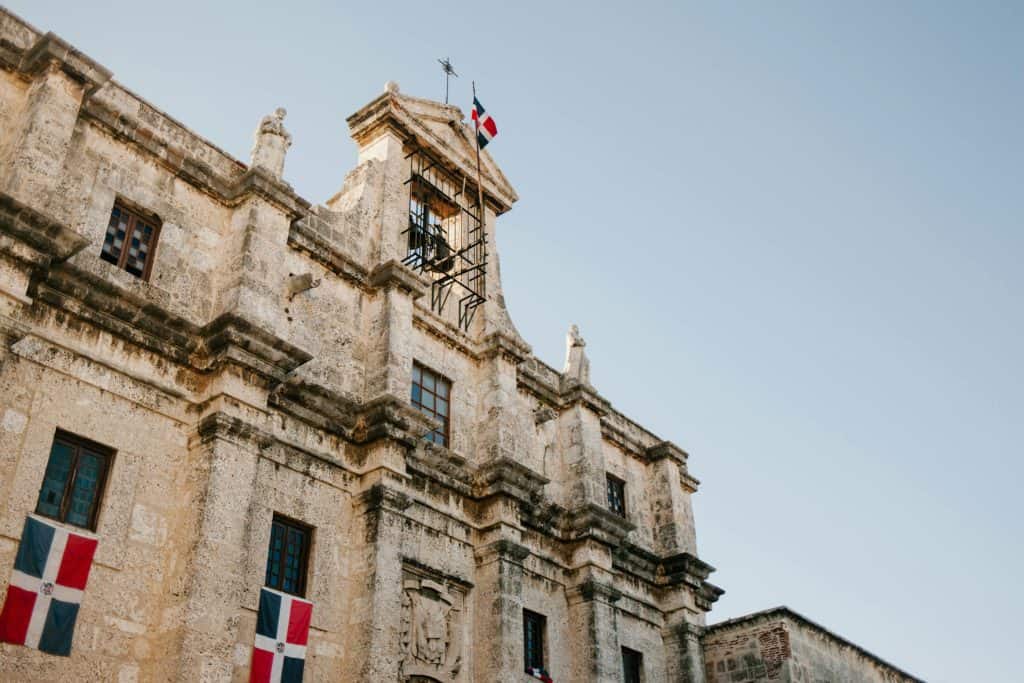From a Coconut Stand in Santo Domingo to a Kennel in Medellín
I still had sand between my toes when I walked into La Huella Feliz, a modest animal shelter perched on the outskirts of Medellín. A week earlier I’d been in the Dominican Republic buying coco frío and exchanging playful banter with the vendor. Now I was trading flip-flops for rubber boots and scanning a duty roster entirely in Spanish. Ten years of island living have taught me more than a few tricks, yet that first Colombian volunteer shift refreshed my hunger for richer Spanish Vocabulary. The dogs barked, the cats meowed, and the clipboard shouted: “James, limpieza de jaulas, 8 a.m.” That simple line revealed a cultural remix—Colombian punctuality, Dominican chill, and my own expat curiosity colliding in one sentence.
Why Duty Rosters Feel Different South of the Equator
Whether you’re signing up for a beach cleanup in Punta Cana or a spay-and-neuter marathon in Bogotá, you will notice that the very layout of volunteer schedules whispers cultural clues. In the DR, “ahora mismo” can mean anything from five minutes to mañana. Colombians, by contrast, slap start times on whiteboards with military precision and expect you to show up before the clock strikes. The difference forced me to expand my Spanish Vocabulary for time expressions.
Dominican “hora dominicana” vs. Colombian “puntualidad”
In Santiago de los Caballeros I’ve heard coordinators joke, “Llegamos a las nueve, hora dominicana,” while gesturing toward a watch that already reads ten past. Translation: expect a leisurely buffer. Conversely, in Medellín my fellow volunteer Clara warned, “Si dice ocho, es ocho en punto—ni un minuto más.”
Dominican Spanish: “Tranquilo, ahorita llegamos.”
English: “Relax, we’ll get there in a bit.”
Context: A friendly promise that could stretch indefinitely.
Colombian Spanish: “Ojo con la hora, parce, que el turno empieza ya.”
English: “Watch the time, buddy, the shift starts now.”
Colombians lace their speech with parce, the paisa cousin of the Dominican manín. Both are informal but pinpoint regional identity, perfect additions to any expat’s expanding Spanish Vocabulary.
Supply Lists: When “Dog Food” Is Not Just “Comida de Perro”
The next cultural treasure chest opened as we drafted the month’s supply list. One might assume that kibble is universally “comida de perro,” yet the caretaker Catalina scribbled “perrarina,” a Venezuelan loanword thriving in Colombian shelters. The Dominican caretaker back home swears by “pienso.” Same object, three labels, and a golden opportunity to enrich Spanish Vocabulary with flavor.
I volunteered to buy disinfectant and learned that “cloro” in the DR is often “lejía” in Colombia. Imagine a frantic Saturday run to the hardware store searching for a non-existent word. You stand there, dog-hair-covered t-shirt, waving your arms as if miming bleach. Moments like that test an expat’s linguistic muscle more than any textbook ever could.
Shopping Spanish That Doesn’t Come in Phrasebooks
At a hardware shop in Barranquilla I asked, “¿Tienen cloro?” The clerk frowned, then lit up: “¡Ah, lejía! Claro.”
Spanish: “Necesitamos bolsas de basura negras de 50 litros.”
English: “We need 50-liter black trash bags.”
Context: Precise language keeps the shelter hygienic and your credibility intact.
Spanish: “Que no sea tóxico para los perros, porfa.”
English: “Make sure it’s not toxic for the dogs, please.”
Context: Adding “porfa” softens the request; common across Latin America but especially pervasive in Colombia’s polite registers.
Each regional twist nudged me to maintain a flexible mental folder of Spanish Vocabulary. Resisting the urge to translate literally built bridges with store clerks, who in turn offered local hacks like where to find discounted syringes for puppy vaccines.
Spanish Vocabulary Table for Shelter Life
| Spanish | English | Usage Tip |
|---|---|---|
| Jaula | Cage | Common everywhere; in DR sometimes “cajón” for larger crates |
| Perrarina | Dog kibble | Heard in Colombia & Venezuela; Dominican staff will stare blankly |
| Pienso | Dog feed | Preferred in DR; Colombians recognize but rarely use |
| Lejía | Bleach | Standard in Colombia; “cloro” in the Antilles |
| Correa | Leash | Also means “belt”; context clarifies |
| Esterilización | Spay/Neuter | At clinics you’ll hear “castración” for males |
| Turno | Shift/Duty | “Guardia” exists but sounds more formal |
| Insumos | Supplies | Umbrella term, vital on inventory spreadsheets |
Example Conversation at the Shelter
Carolina (Colombia): ¿Parce, ya limpiaste la jaula del cachorro?
Buddy, have you already cleaned the puppy’s cage?
James (Expat): Sí, pero necesito más lejía y guantes.
Yeah, but I need more bleach and gloves.
Carolina: Pídeselos a Don Luis, él está haciendo inventario.
Ask Don Luis; he’s doing inventory.
Don Luis (Dominican, visiting): Manín, aquí tienes el cloro y unas fundas, ¿te sirven?
Bro, here’s the bleach and some bags, will that work?
James: Perfecto, gracias. Ahorita vuelvo a pasar el trapeador.
Perfect, thanks. I’ll swing back with the mop in a bit.
Carolina: Bacano. Y recuerda que la esterilización empieza a las ocho en punto, no hagas hora dominicana.
Awesome. And remember the neutering campaign starts at eight sharp, don’t pull Dominican time.
James: Tranquila, seré más puntual que un cafecito paisa.
Relax, I’ll be more punctual than a Medellín espresso.
Bold slang reveals the melody of each country: **parce** (Colombian) provides camaraderie; **manín** (DR) sprinkles Caribbean swagger. Such real-time exchanges force you to upgrade Spanish Vocabulary organically.
Final Reflections: Islands, Andes, and the Ever-Widening Ear
Bouncing between the Dominican Republic and Colombia feels like toggling radio stations that share the same language yet remix the beat. Island Spanish rewards musical intonation and rhythmic shortcuts, while Andean Spanish leans on clarity and crisp consonants. Volunteering at shelters pushes me to decode regional synonyms, master small talk under the whine of clippers, and negotiate supply lists without a Wi-Fi safety net.
My advice? Chase opportunities that glue you to locals—whether you’re scrubbing kennels or ferrying rescued pups to the vet. The dogs won’t judge conjugations, and the staff will appreciate any genuine sprint toward their lexicon. Keep a pocket notebook, repeat words aloud, and let your mistakes become conversation starters. Over time, Spanish Vocabulary ceases to be a flash-card ritual and morphs into muscle memory triggered by bleach fumes and wagging tails.
Have you volunteered across borders or picked up an unexpected phrase that saved the day? Drop a comment below and expand this cross-country lexicon for everyone trying to learn Spanish as an expat. The more ears and anecdotes we gather, the richer our communal toolkit becomes.


